On this second part of our Japan series
we move South from Tokyo and Nikko to explore the Kansai region. This area is well known for the old and mystical temples that can be found in Kyoto and Nara. A less touristy spot is the hidden cemetery of Koyasan. These three destinations are just the opposite to Osaka. The buzzing metropolis has an identity of its own. It's a very enigmatic place well known for the giant neon signs.
Kyoto
The Philosophy path is a very good spot to start your visit. The pleasant walk along a canal is specially beautiful during Cherry Blossom, when the cherry trees that seclude the two kilometer long path bloom in Spring.
The number of temples and shrines in Kyoto are almost countless; and many are UNESCO's World Heritage Sites and National Treasures.
Nanzen-zi (1291) was built by Emperor Kameyama but he ordered to reshape the complex into a temple out of his devotion to Zen Buddhism.
Honen Temple (1680) is beautifully secluded by a forest and not so packed with tourists. It's a peaceful and very special place with a well-hidden cemetery located at the end of a small stone staircase.
Kinkaku-ji or the Golden Pavilion is one of the most iconic temples in Kyoto thanks to the postcard view of the pavilion reflected in the lake.
Located uphill Kiyomizu-dera there is one of the most famous temples in Kyoto. The main hall is build without the use of any nail and it's made of 139 pillars.
Likewise, Ryoan-ji (1450) is frequented by visitors due to its captivating rock and gravel garden. It was originally built as a Zen training temple; and the garden is believed to had been created at the end of the Muromachi period by the Zen monk Tokuho Zenketsu.
Many women in Kyoto retain the old habit of wearing Kimonos. Specially on Sundays when they head to the Yasaka Shrine for a nice afternoon stroll.
In the outskirts of the city there's the stunning Arashiyama Bamboo Forest. This is a must visit sight as it has a pleasant walking path through the bamboo groves. Despite the high number of visitors it attracts it retains a very relaxing atmosphere.
Tenryu-ji temple (1339) is located inside the Bamboo forest. It has a Sogenchi garden, which is one of the oldest in Japan dating back to the 14th Century. The garden retains the same shape as when it was designed by the Zen master Muso Soseki.
In terms of food, there are many vegetarian restaurants in Kyoto. Delicious tofu-based recipes are usually part of the menu. And some restaurants offer the traditional soba noodles with Yuba (tofu skin).
Nara
Nara is located just 1 hour away by train from Kyoto. It was Japan's first capital. Established in 710 and due to its status it gathers many historical sites. We explored the town on foot, as most of the temples are within walking distance from the train station.
Most of of the temples are still in use and it's quite common to spot monks and nuns across the woods and gardens that make the historical area of Nara Park.
The temples spread across the Nara Park and share the grounds with the city's large deer population.
Kasuga Taisha (710) is one of Nara's most popular temples. It's funding coincided with the establishment of Nara as Japan's first capital and consequently it's dedicated to the deity that guards the city.
The buddhist temple Todaiji (752) is Nara's landmark sight and yet it is a very different place compared to Kasuga Taisha or Nigatsu do. The magnificient hall is located at the centre of a big square. It houses a Big Buddah statue to embody the temple's status as the centre of all Buddhist temples in the region.
Uphill, inside the same complex there's the Nigatsu-do hall. Its strategic location offers nice views of the city.
Osaka
Osaka is only 40 minutes away by train from Nara. After the relaxing atmospheres of Nara and Kyoto the first encounter with the city might be a bit of a shock. Osaka's mood is very different compared to Kyoto. It's much more underground, chaotic, noisy and irreverent than the Nippon capital; and this is precisely what makes Osaka an interesting destination.
Osaka's neon street signboards are one of its main distinctive traits. They all concentrate on the facades of downtown Dotonbori area, famous for its restaurants and for being the city's main entertainment hub.
Koyasan
Koyasan (Mount Koya) makes a very good day trip from Osaka.
This monastic complex belongs to the Shingon School of Esoteric Buddhism. It was founded by Kobo Daishi, who is considered the inventor of Japanese Kana alphabet and one of Japan's leading religious figures.
Kobo Daishi is buried in the whimsical Oku-no-in mausoleum. He is believed to be alive in his tomb meditating and awaiting the arrival of the Future Buddah.
Koyasan is a place like no other. Around 1300 big and tall Japanese Cedar trees make the Mount Koya. Some of the trees are 200 and 600 years old.
PHOTOS BY EARTH TO IRIS.

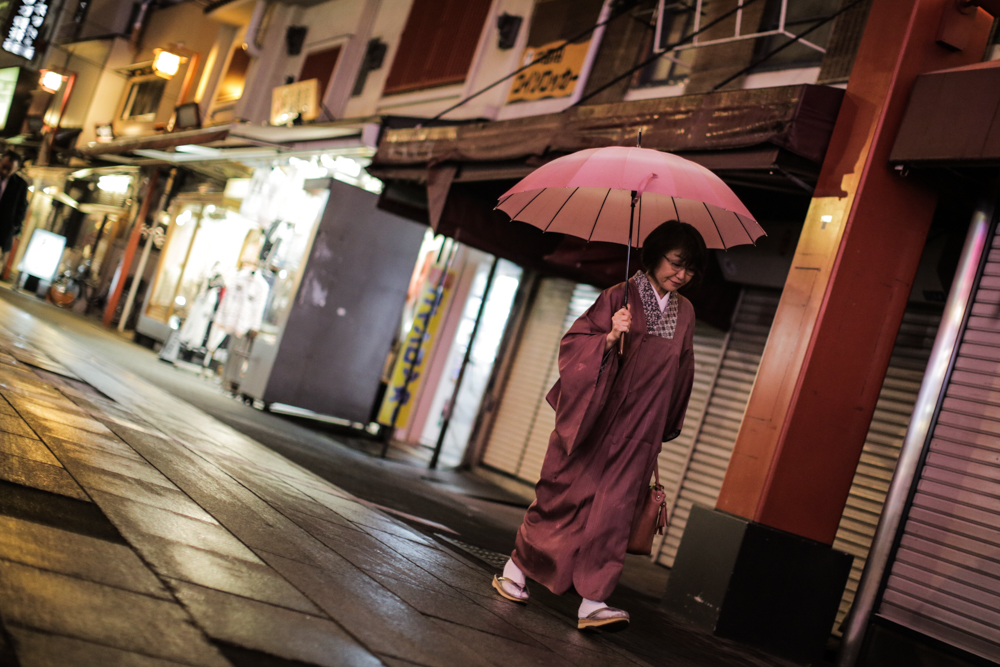

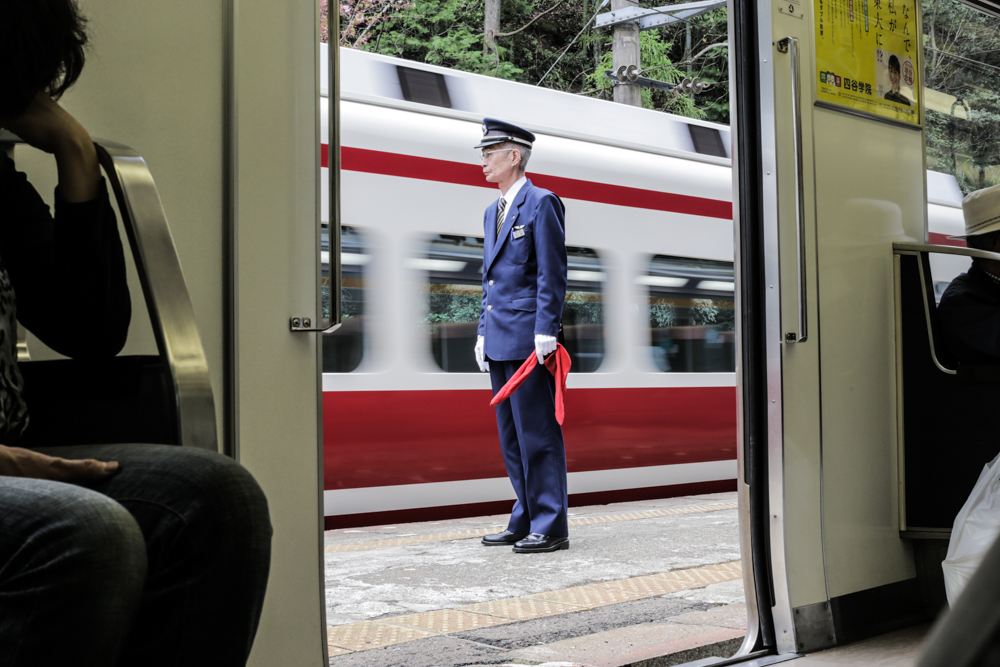
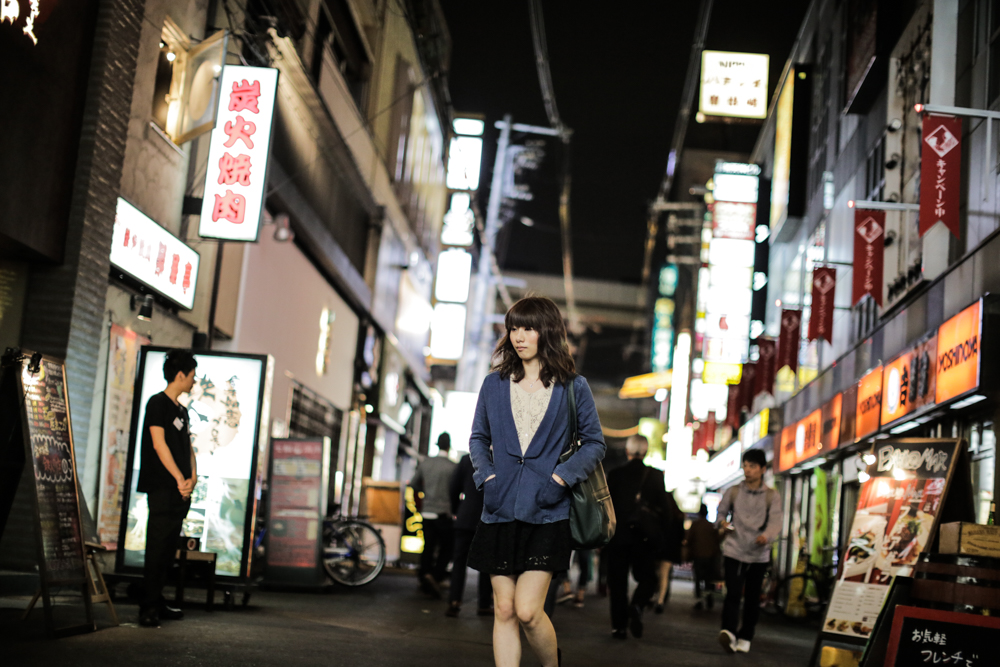

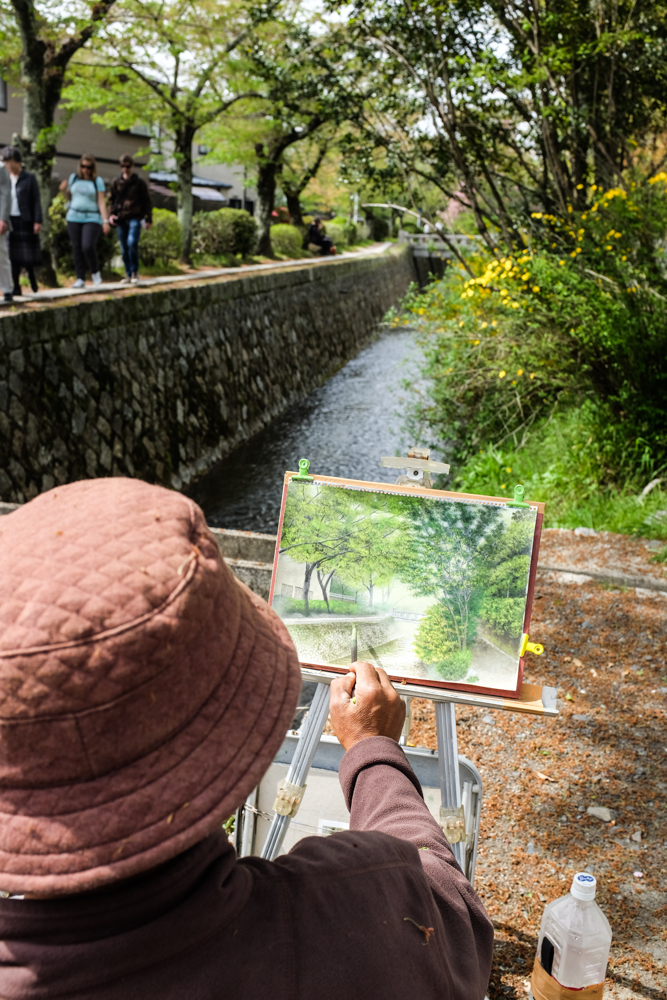
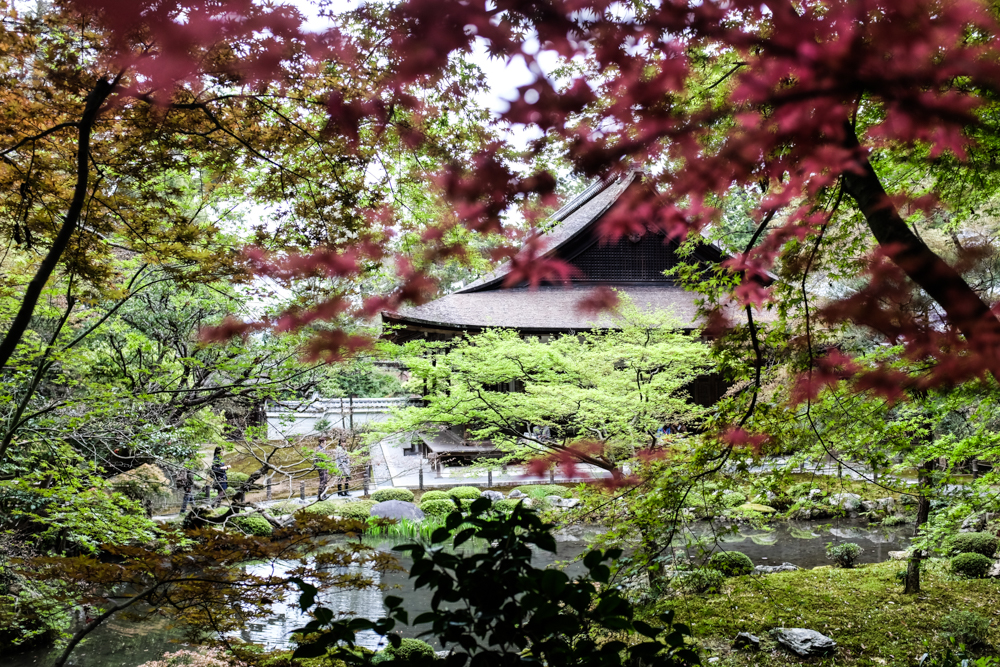
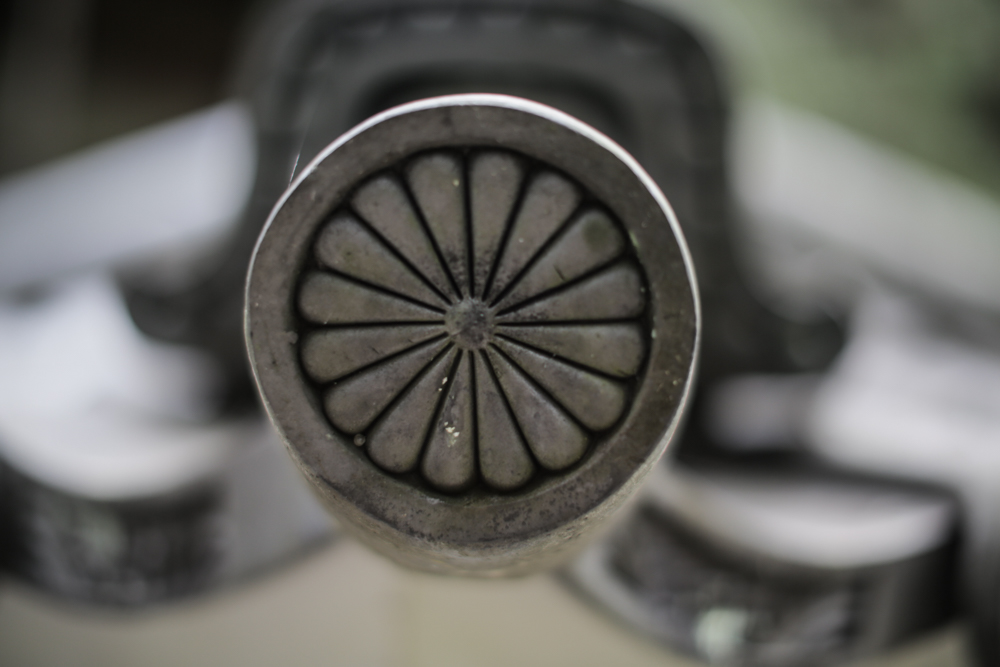

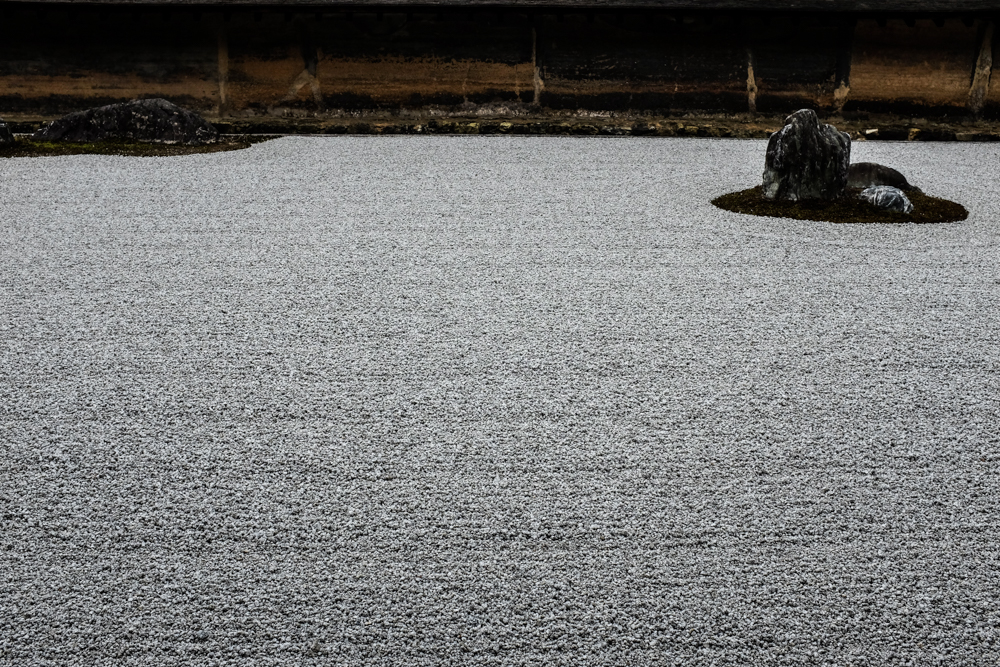
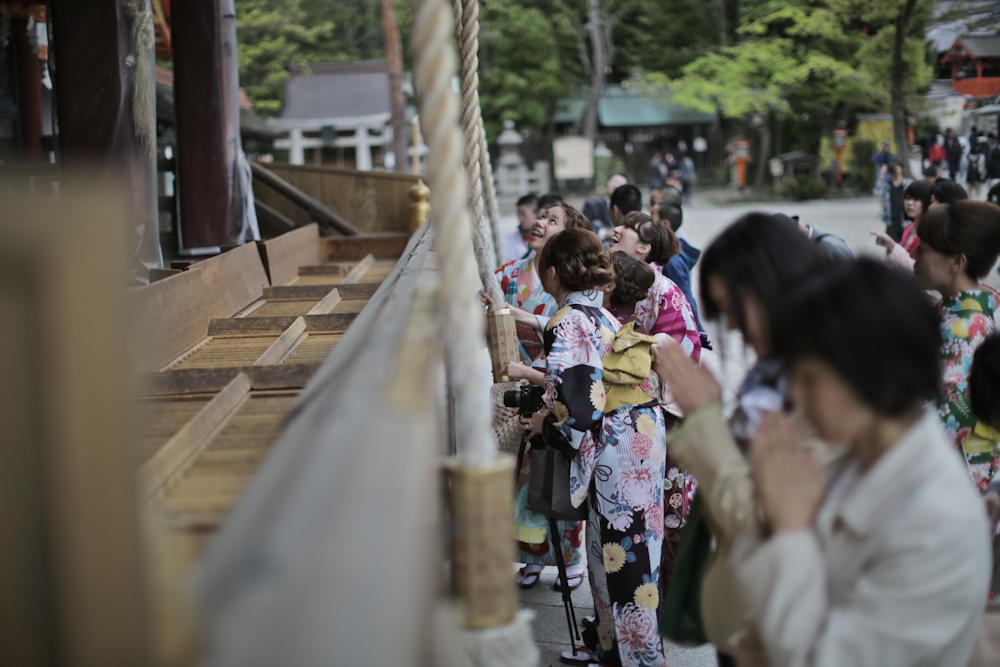
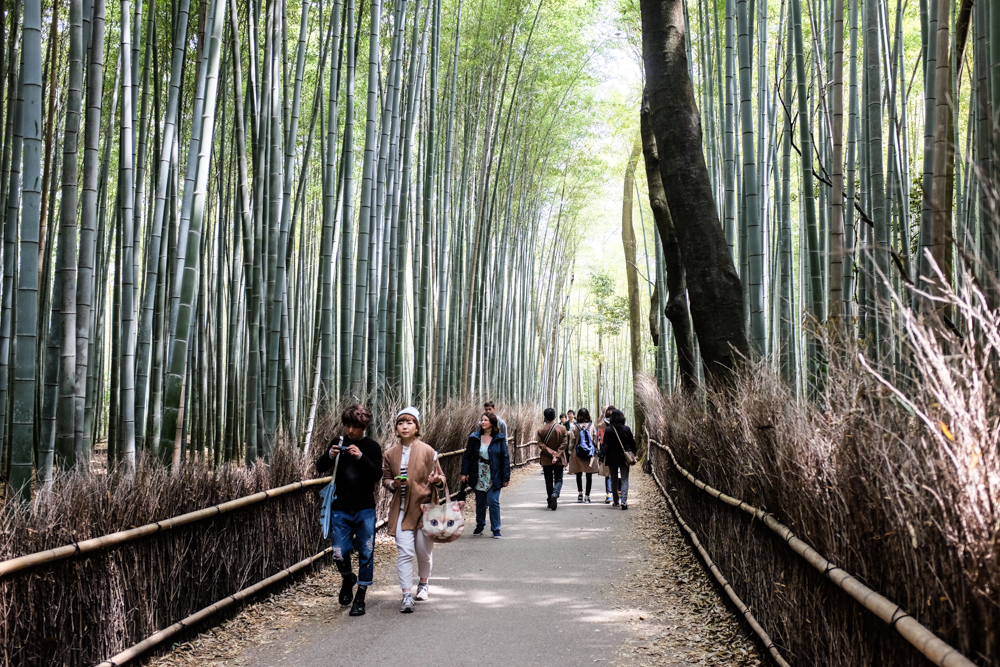


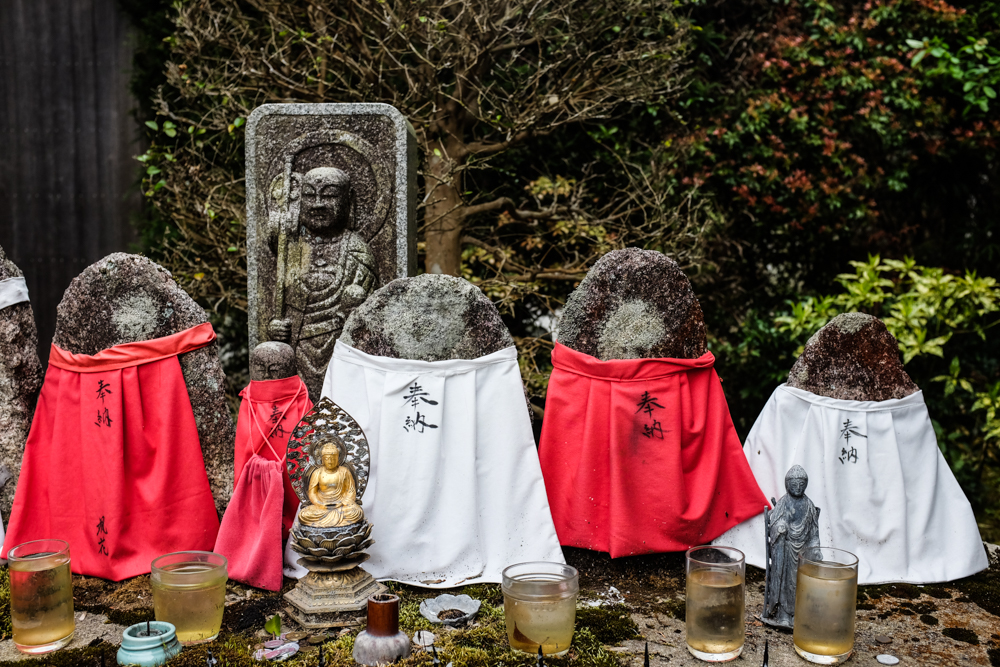
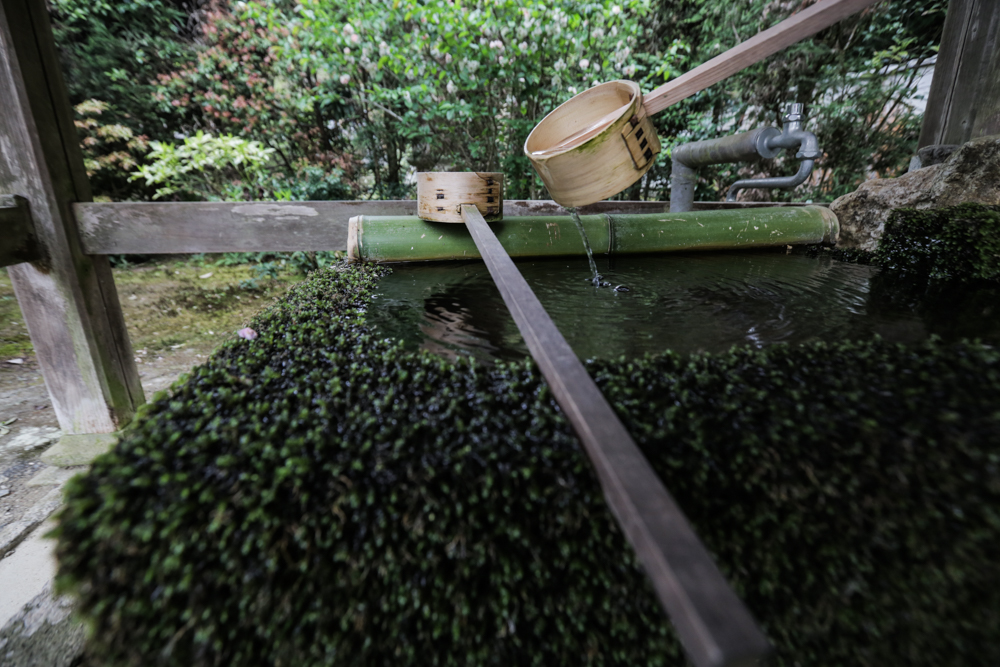
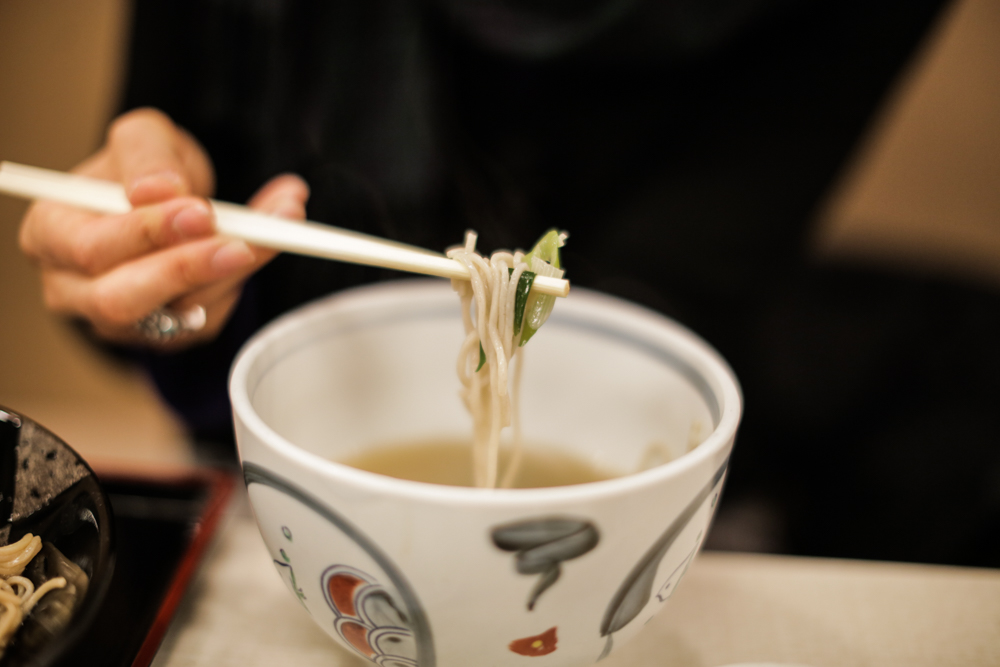

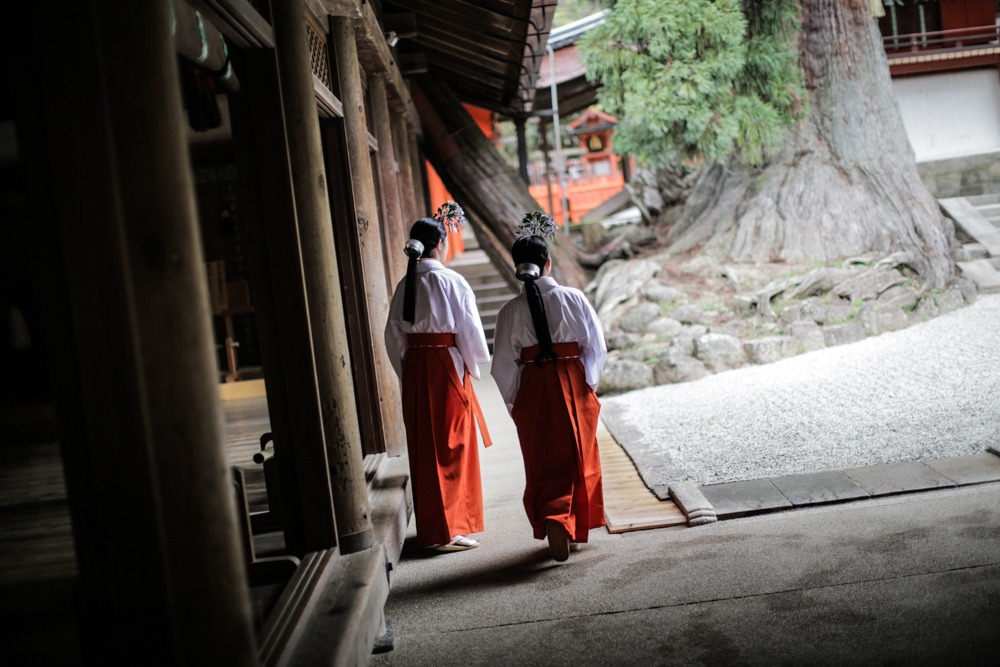
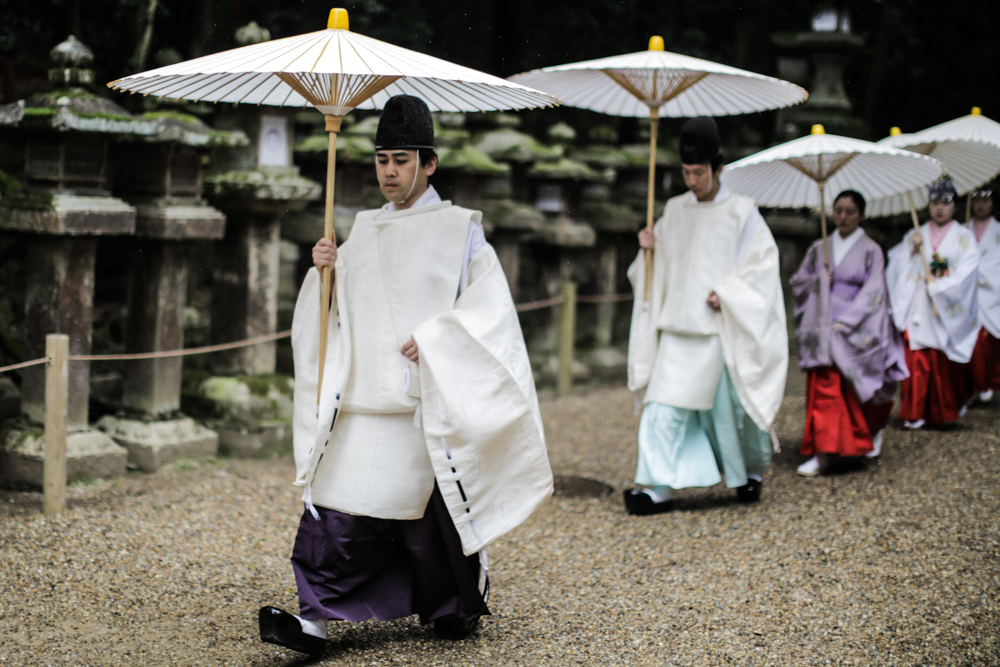
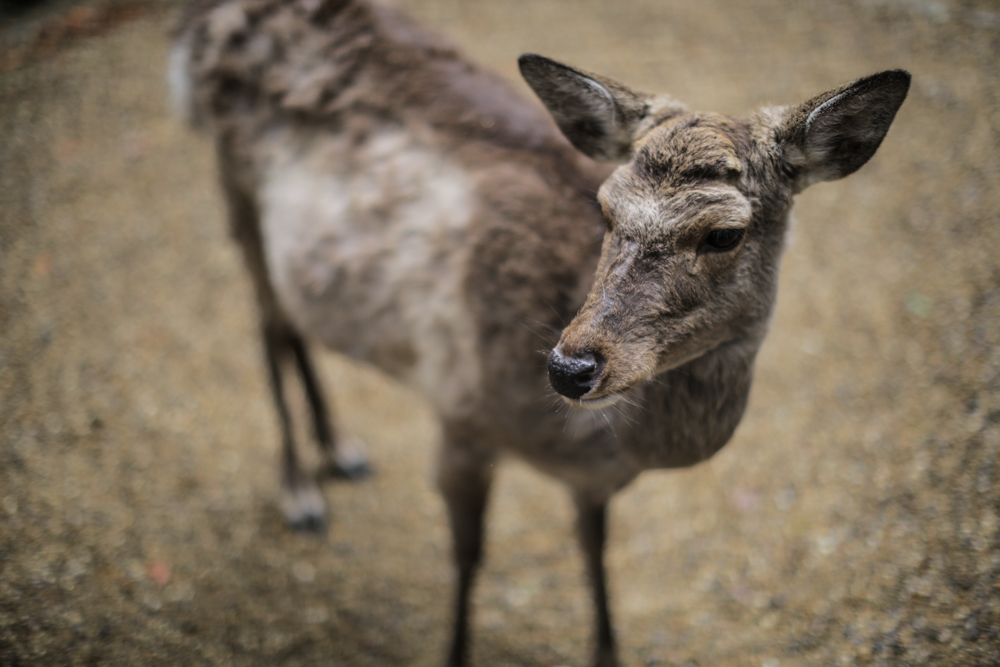
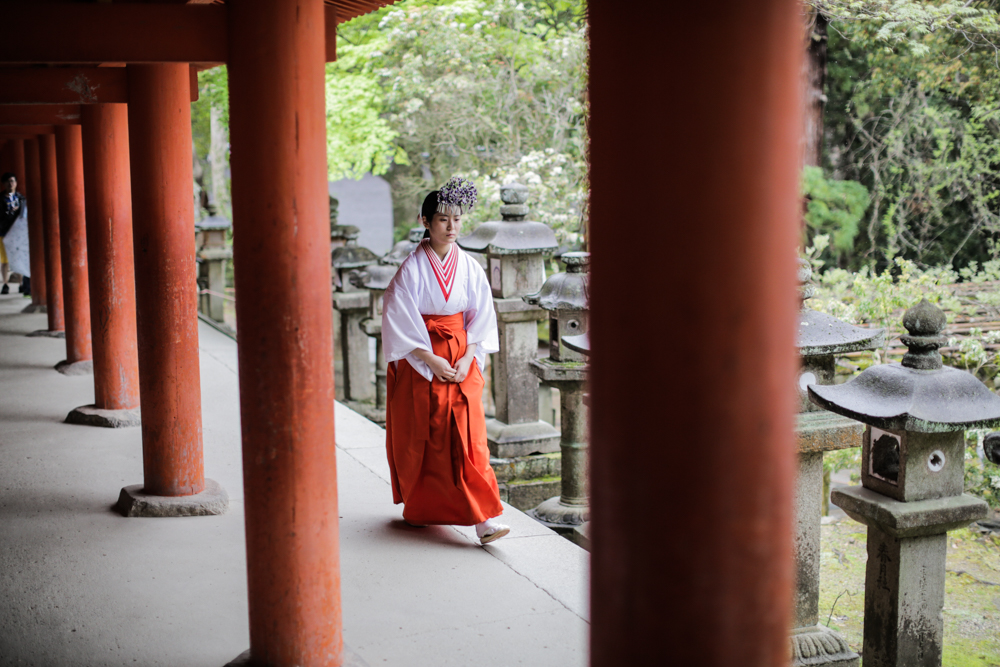
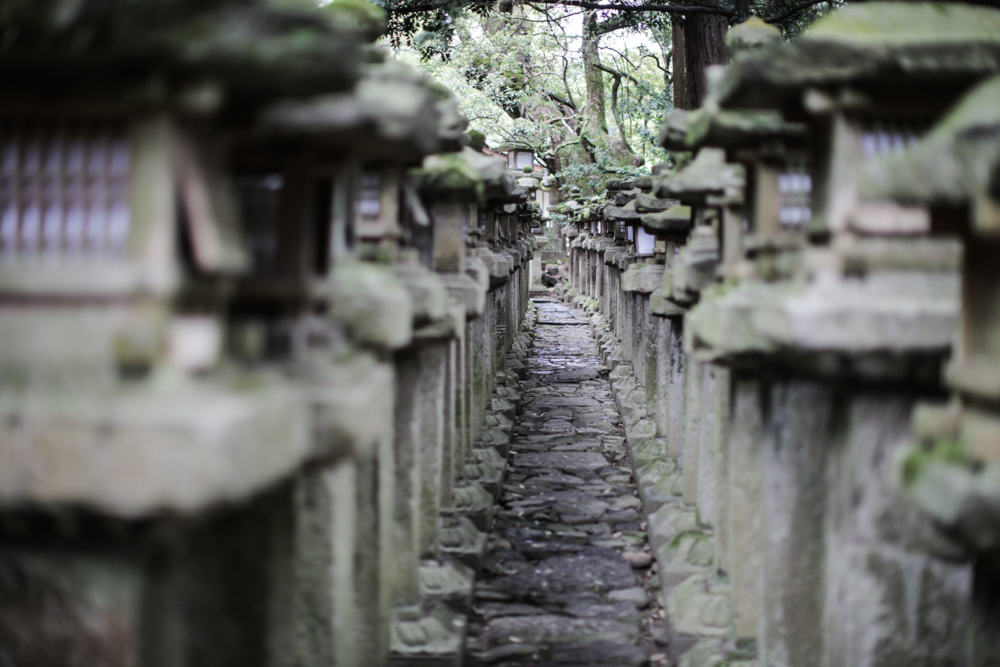

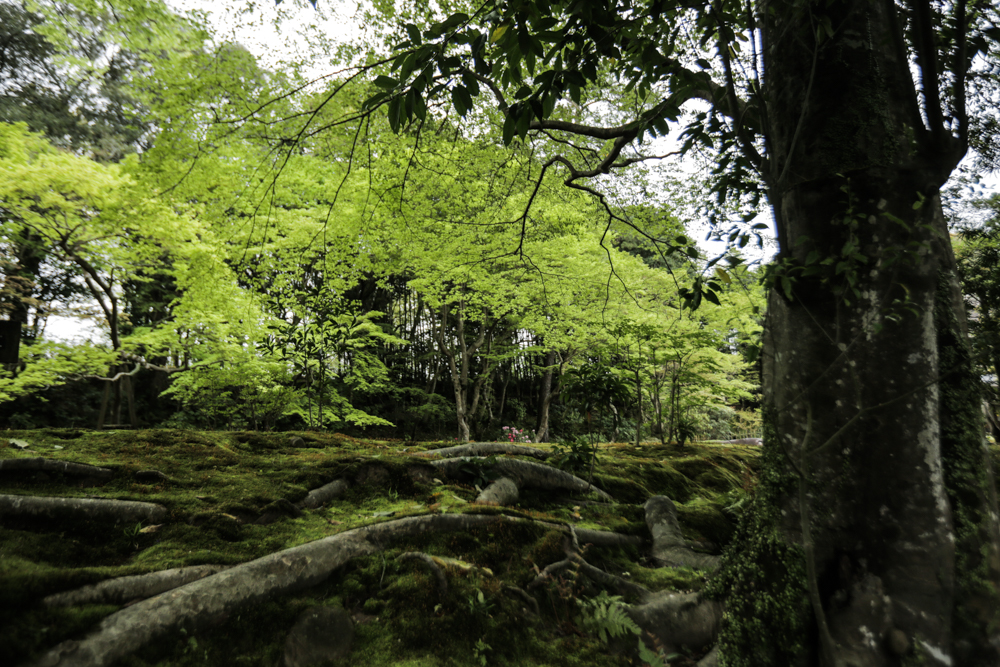


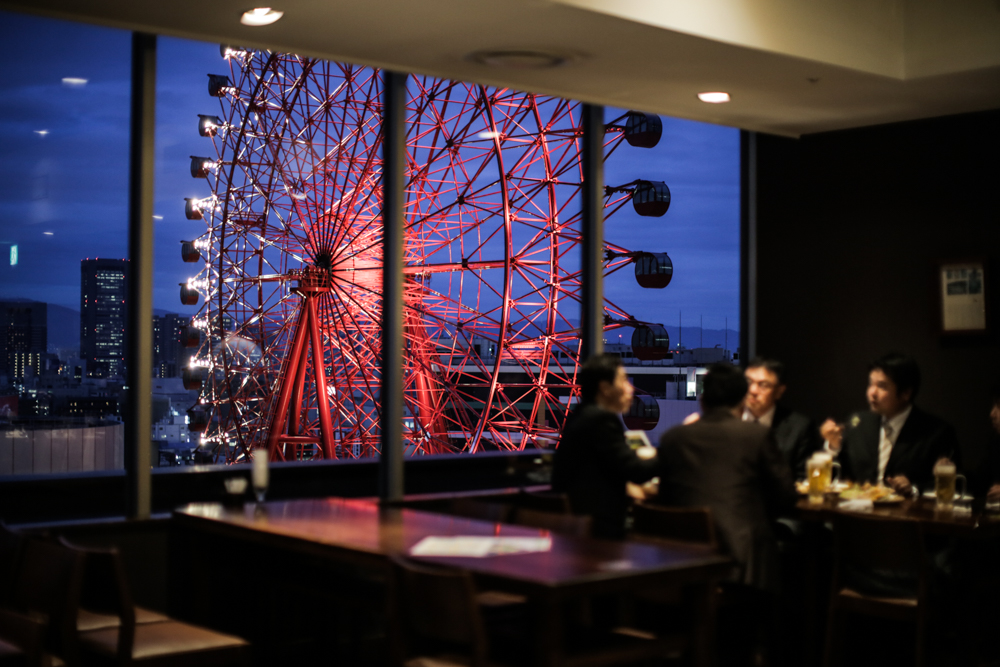
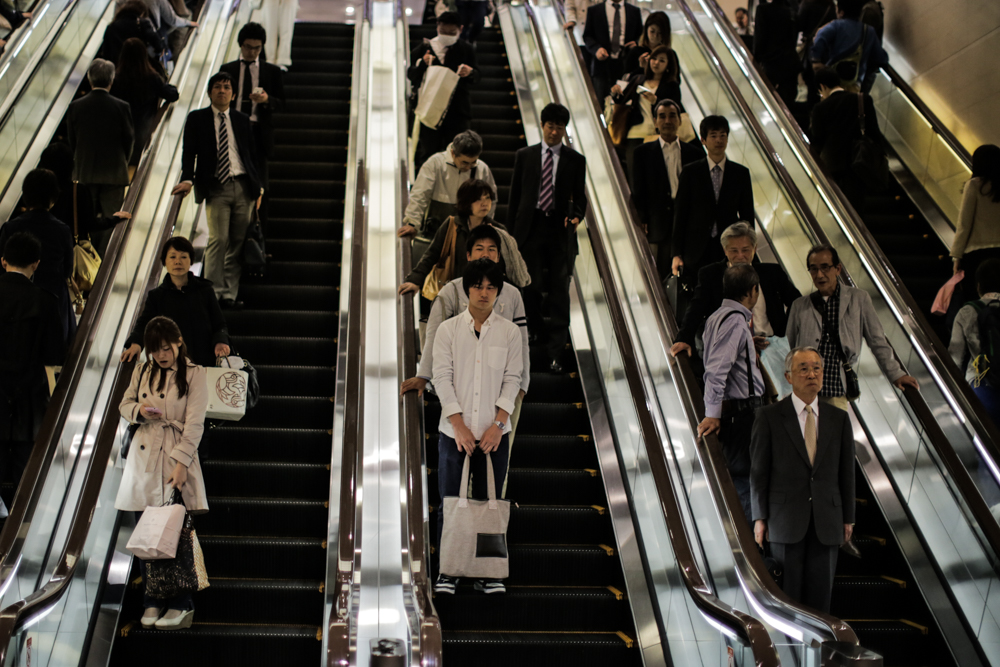
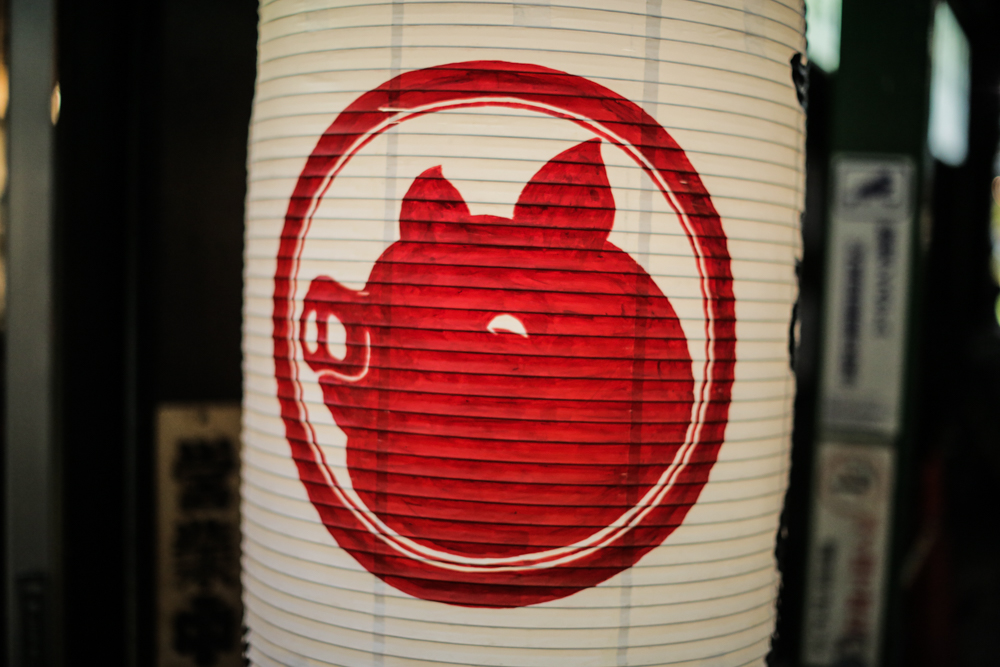
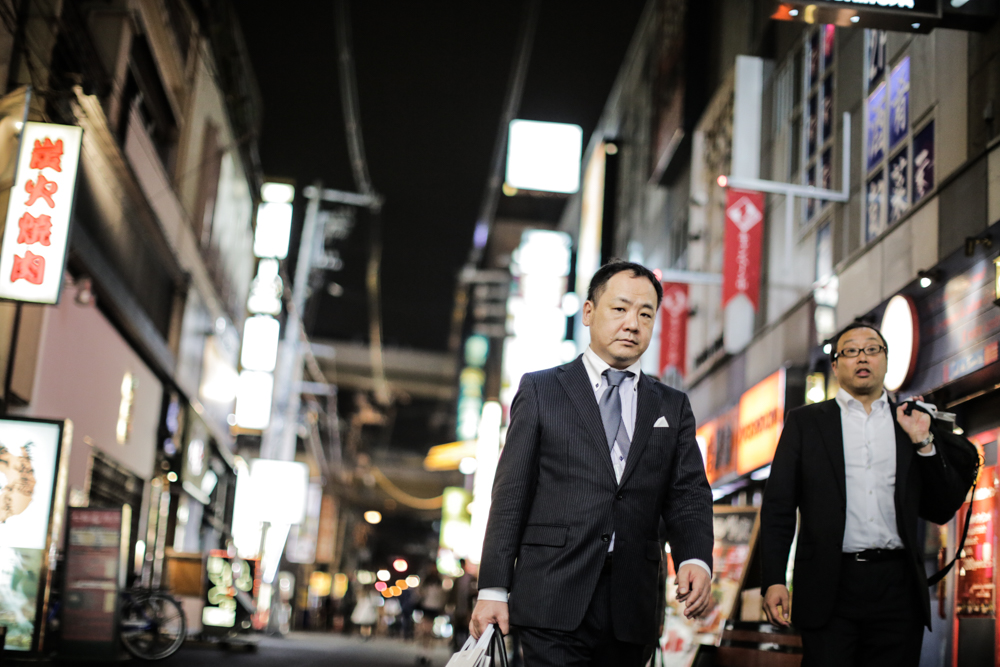
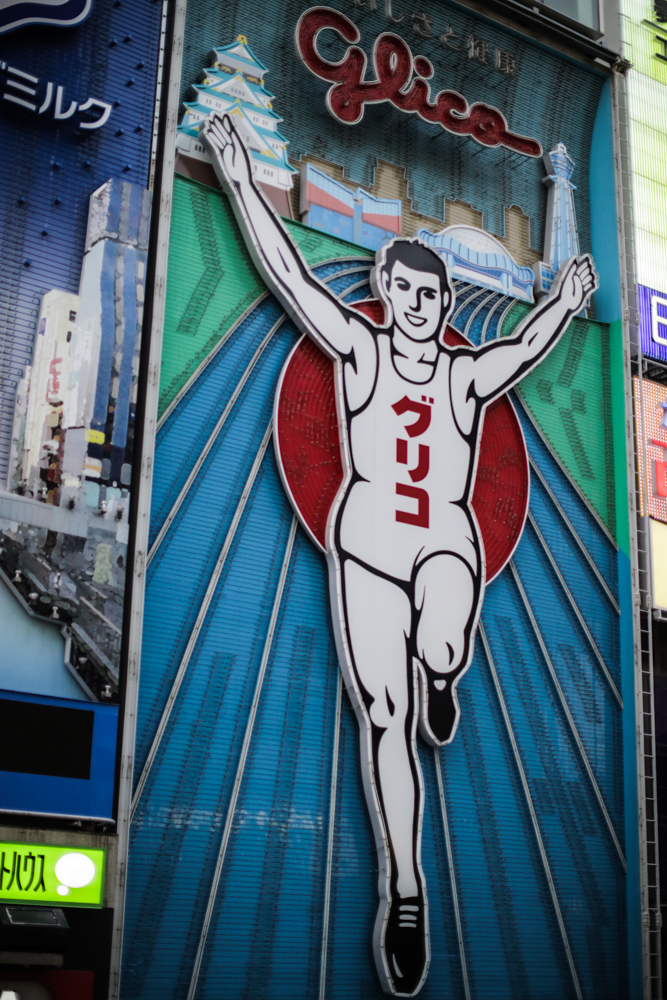

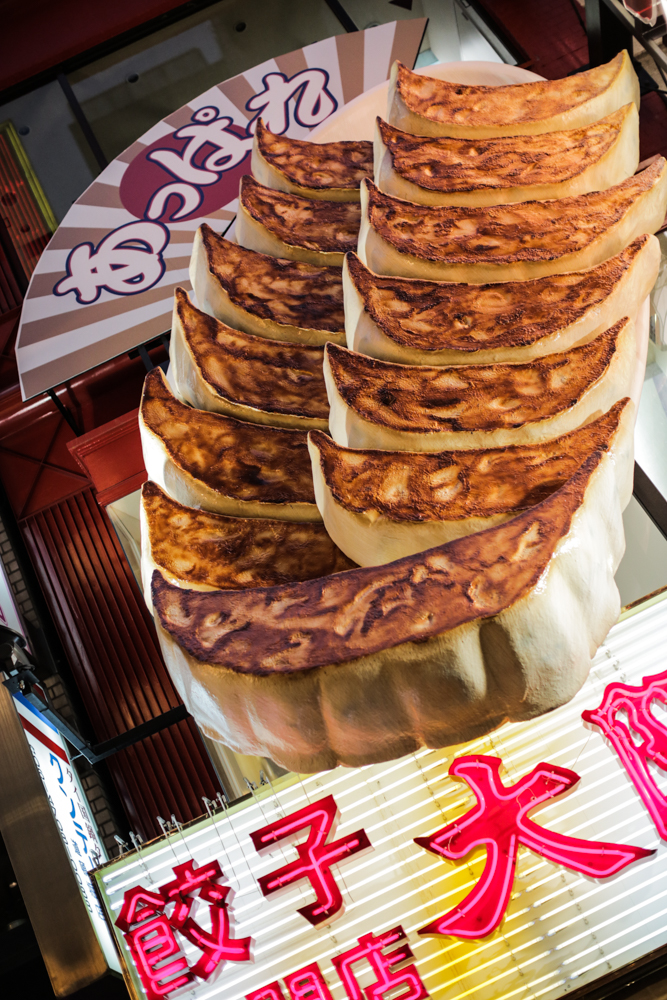
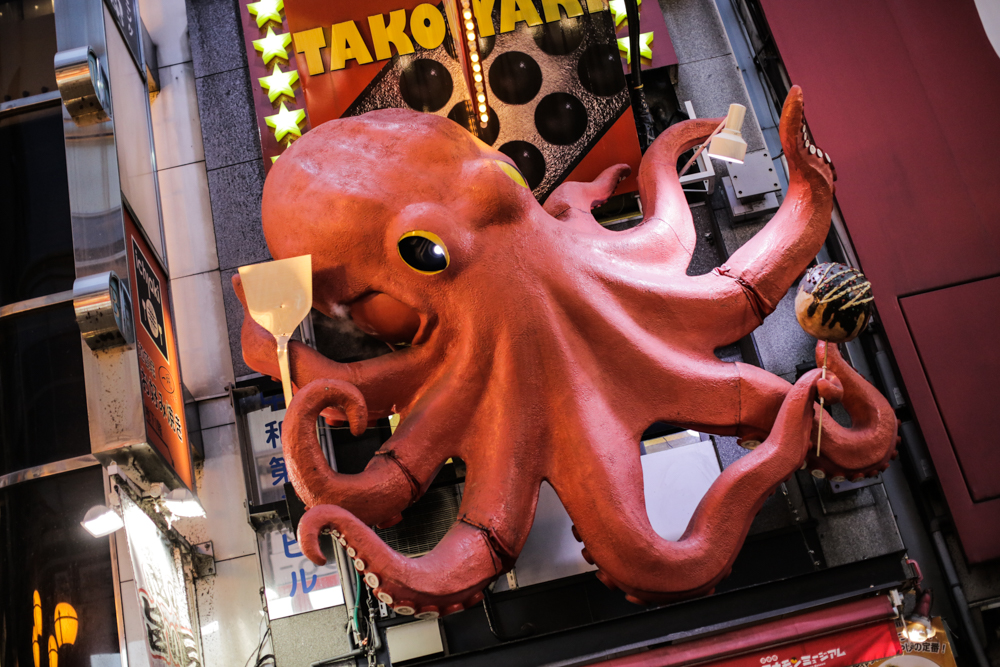
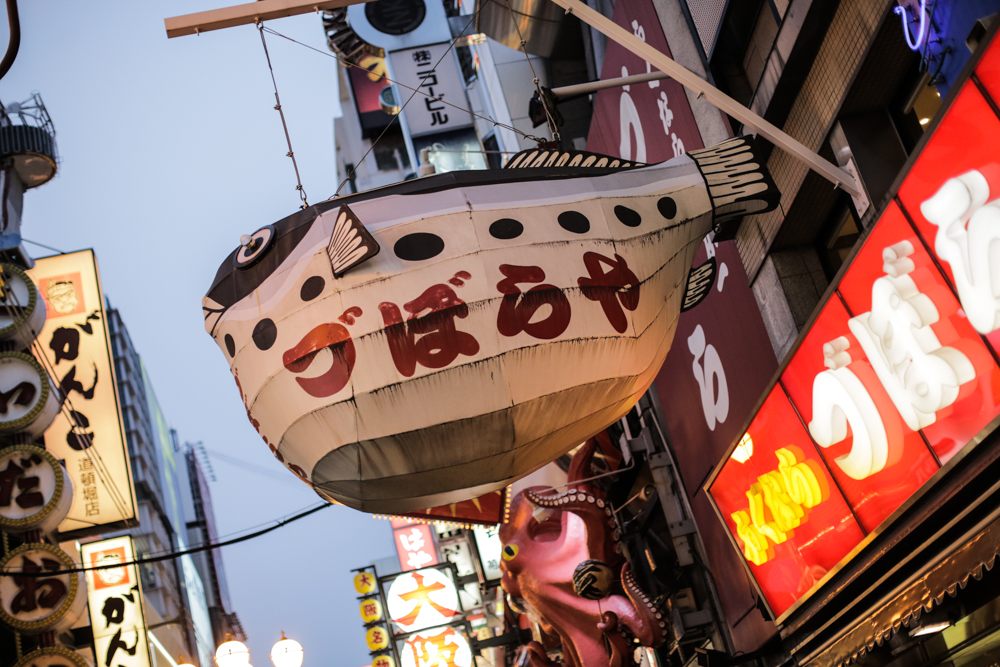
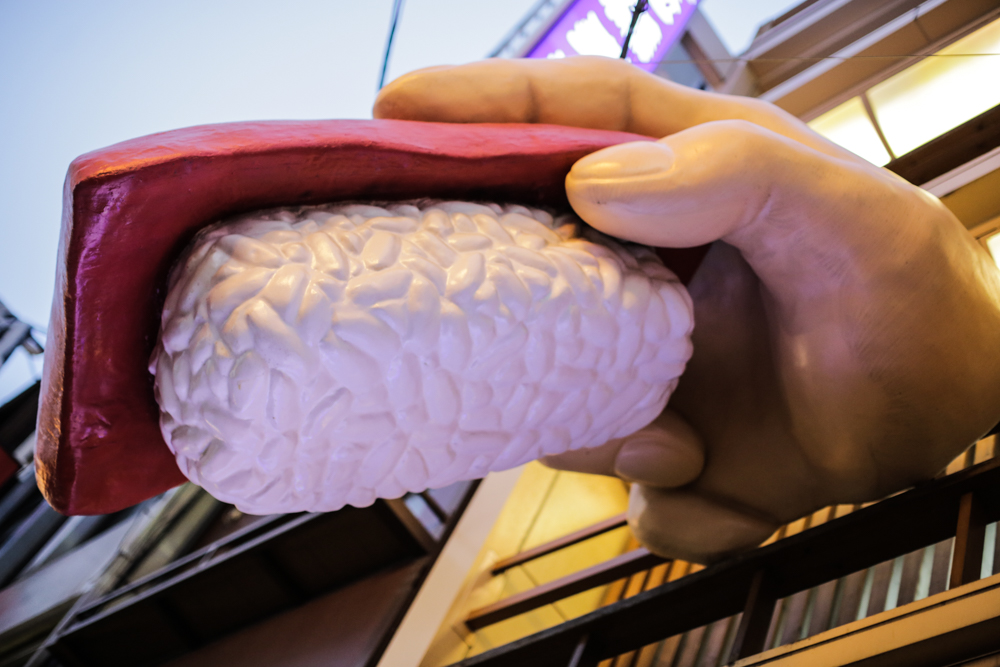
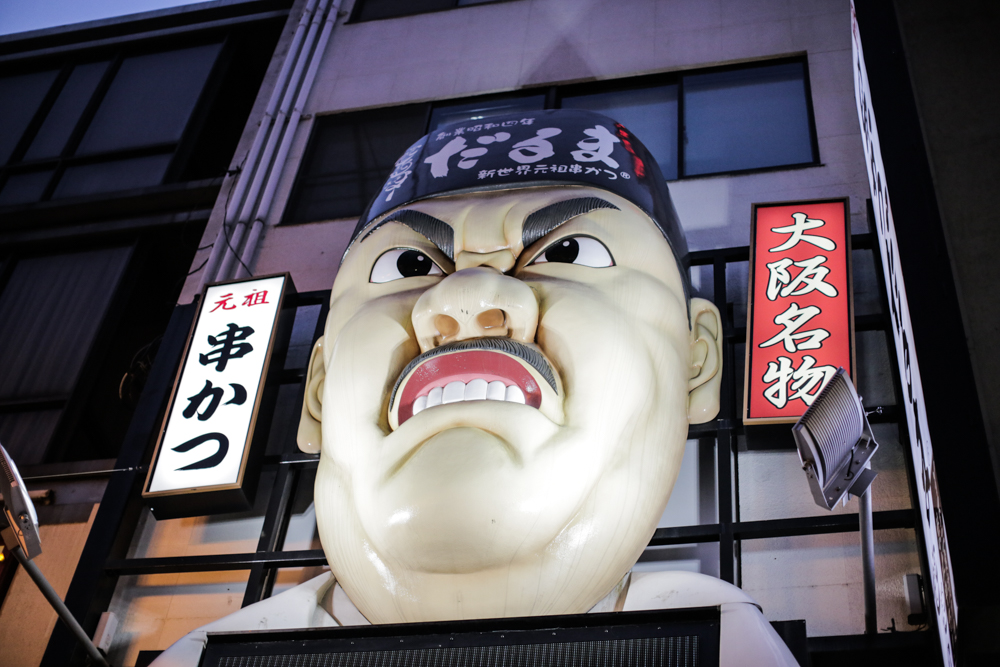

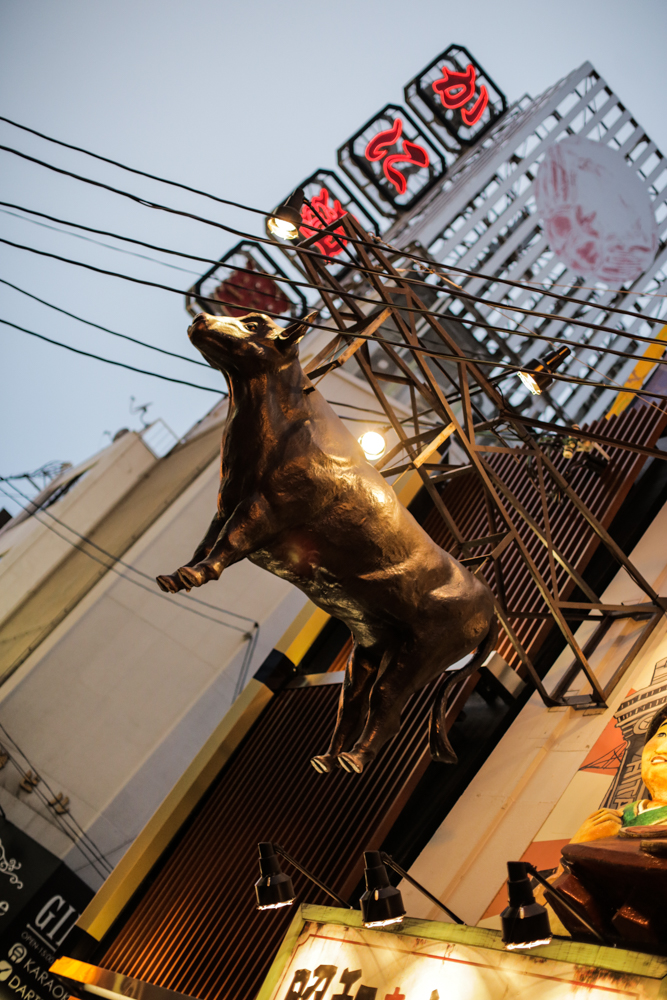

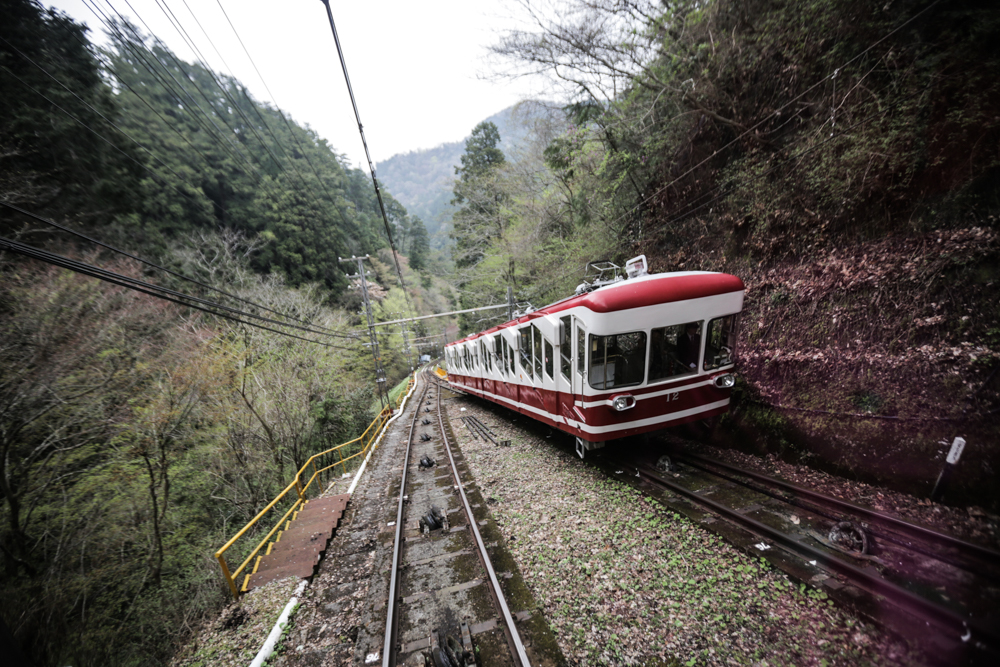
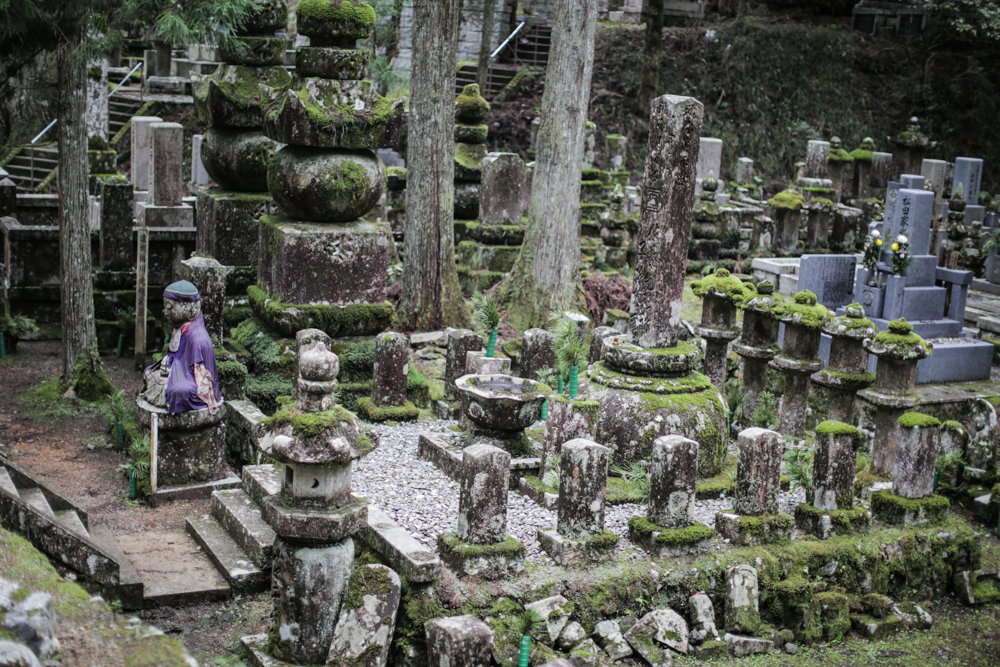
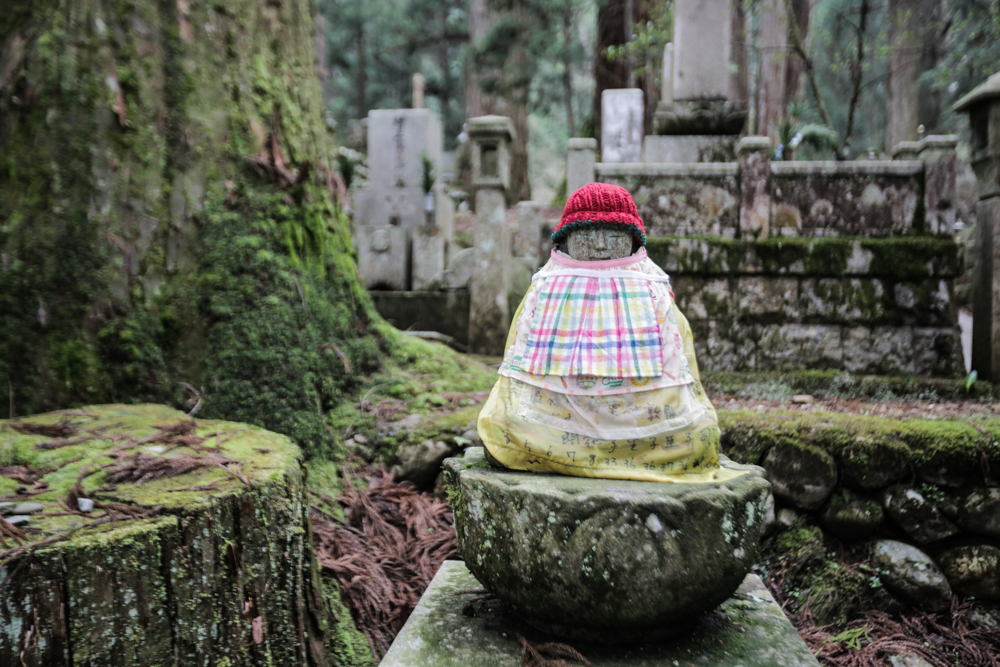
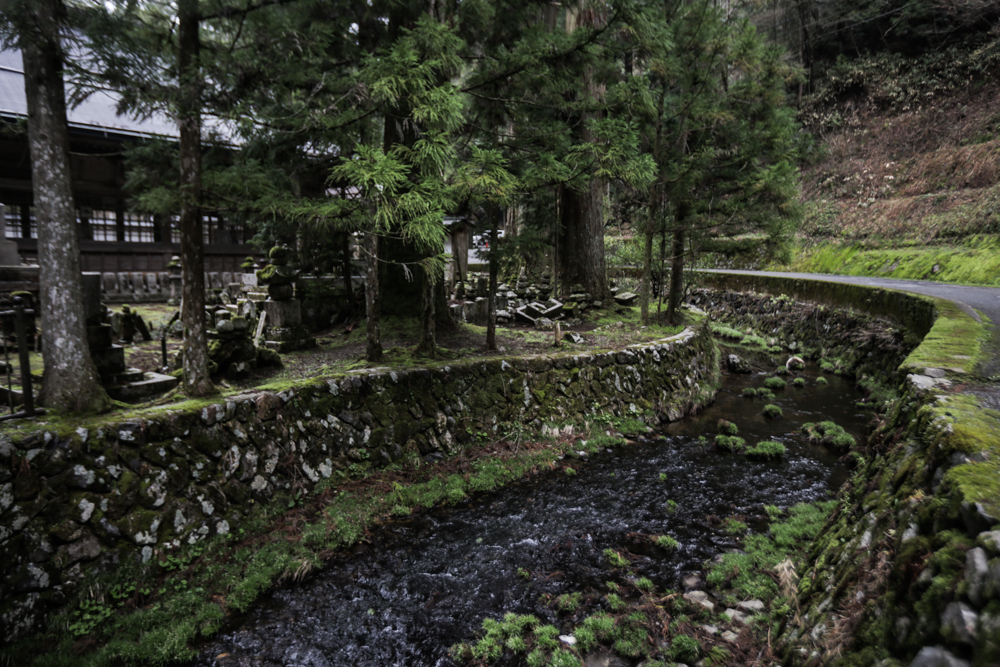
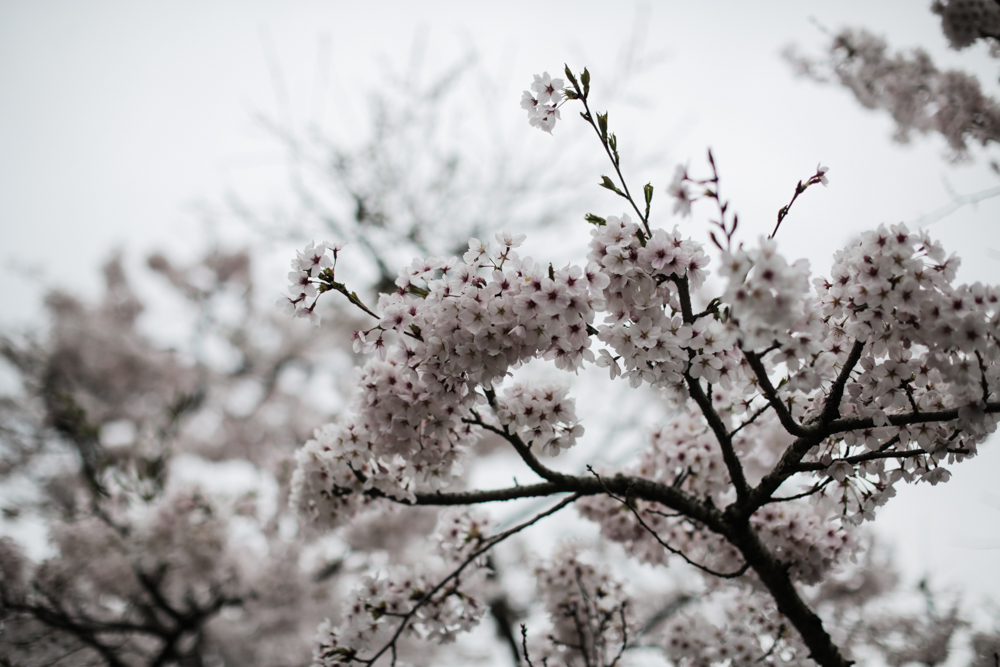
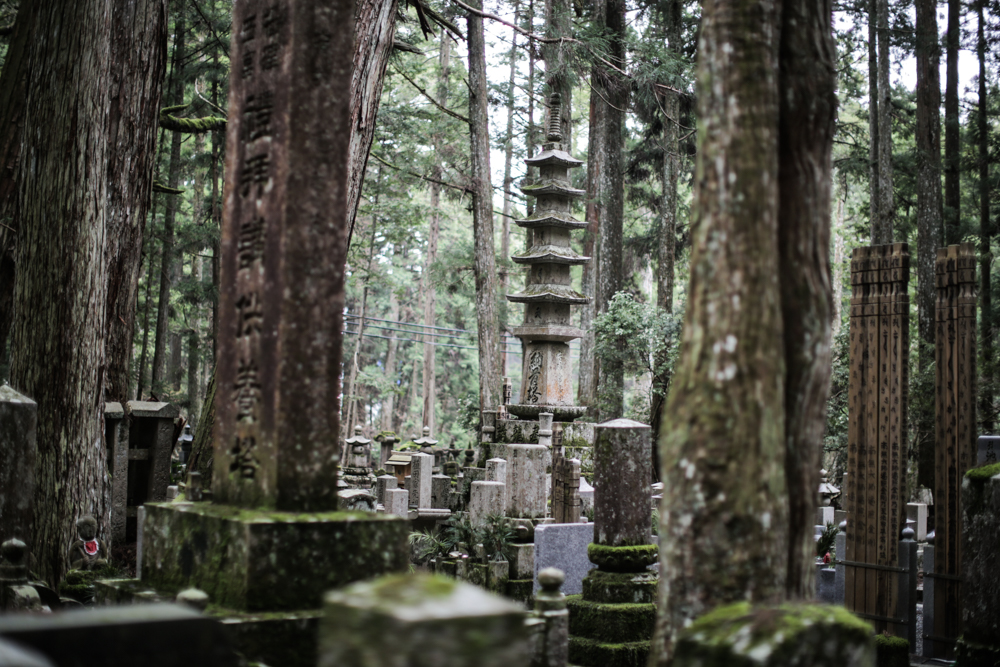
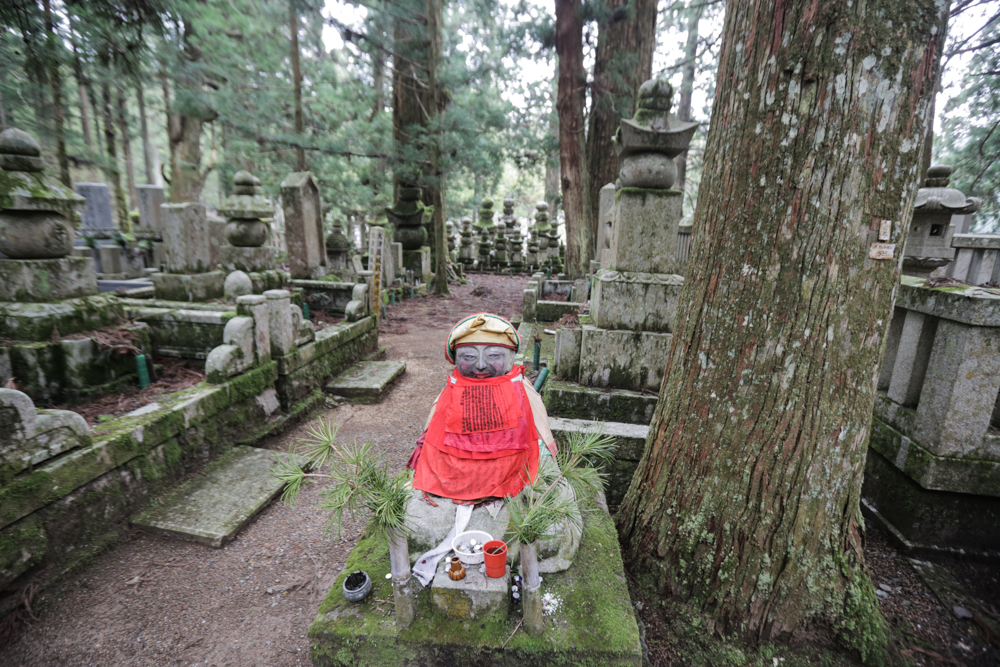
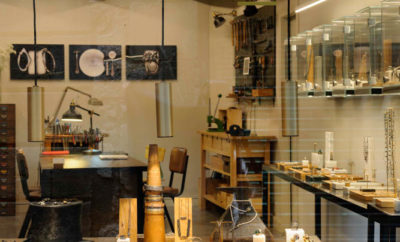



Social